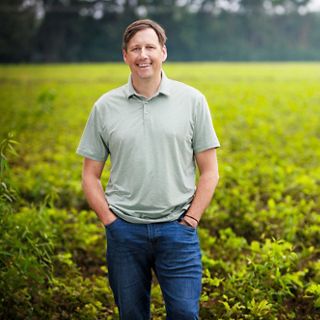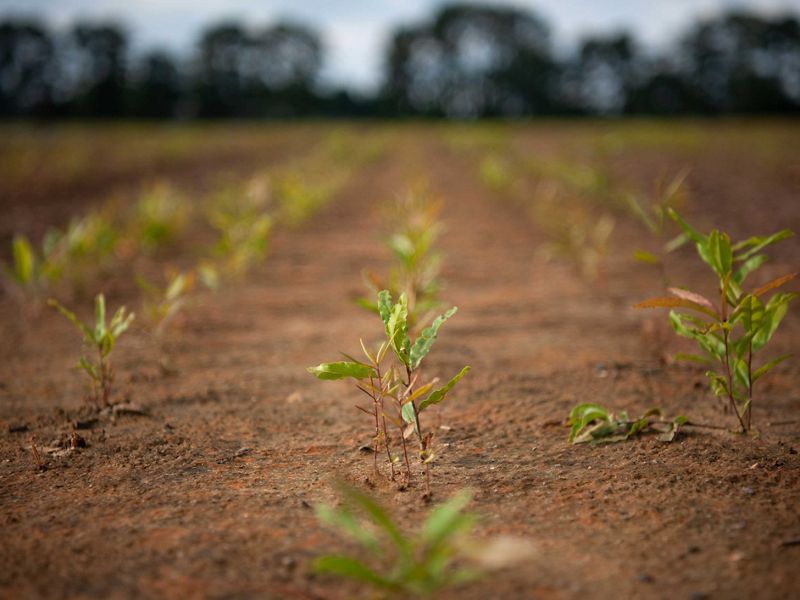
Baby Trees Reforestation starts with seedlings grown at nurseries around the country. In the U.S., we could plant 76 billion trees on frequently flooded lands, open urban spaces, degraded pastures and other formerly forested, under-utilized areas. © Rory Doyle
An Enormous Opportunity for People and Nature
In the U.S., there is an enormous opportunity to address climate change and generate revenue for landowners through reforestation.
-
148M
Acres in the U.S. that could be reforested.
-
76B
Trees could be planted across the country.
-
88%
Of the opportunity is on privately owned land.
-
492M
Tonnes of CO2 could be removed.
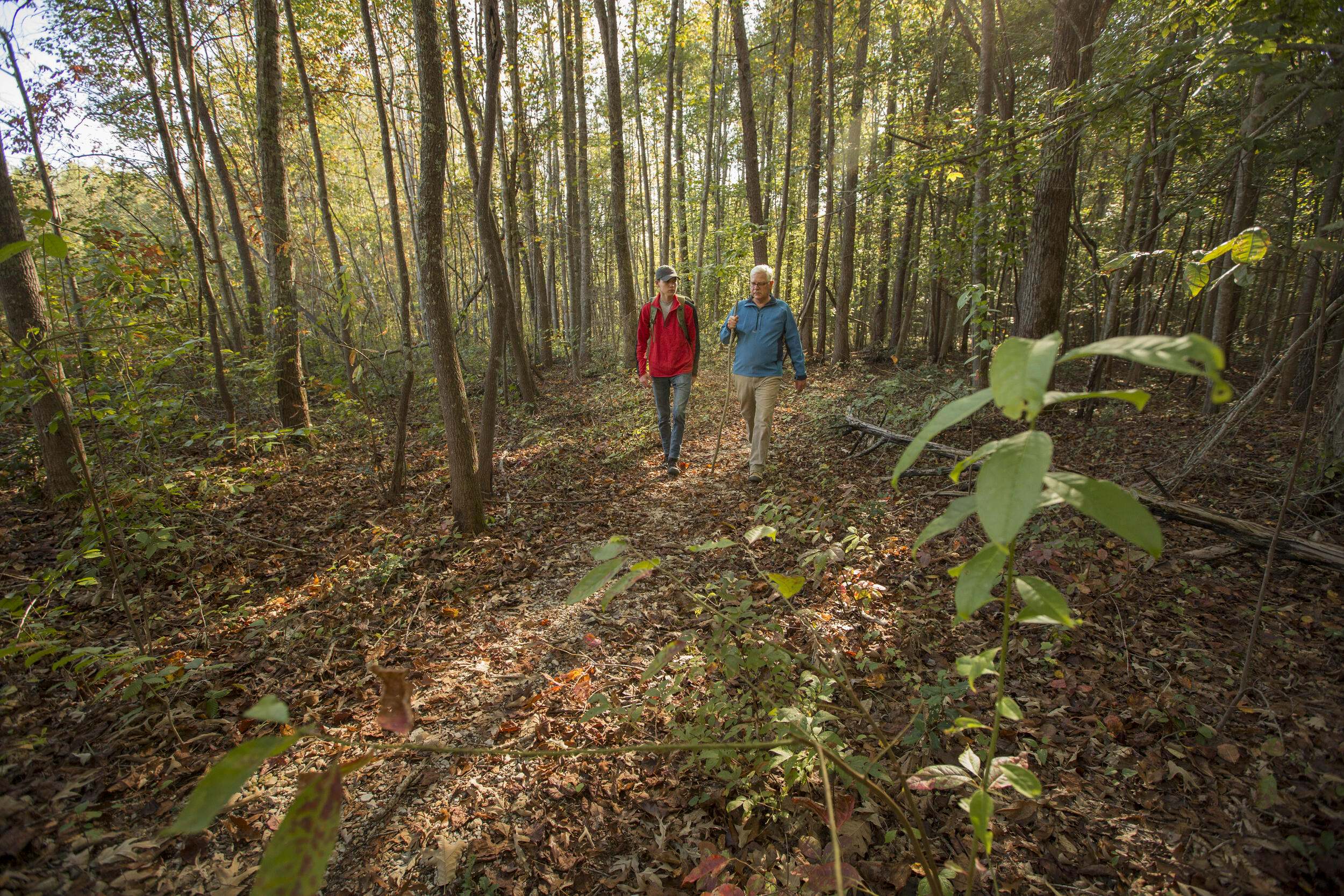
Private landowners have a critical role to play in restoring our forests.
In the U.S., 88% of the opportunity areas for reforestation are on privately owned land. Planting trees in these places isn't just good for nature—it's good for landowners.
Quote: Jason Milks
The U.S. needs large-scale reforestation to help landowners adapt to more extreme weather, diversify their revenue, and keep their land healthy and thriving for future generations. To get there, we’ll need innovative funding and partnerships to meet the demand from all types of land holders.

The benefits of reforestation projects on private land are huge.
Tree planting provides clean air and water, opportunities for outdoor recreation, improved habitat for wildlife, and in some cases, new revenue for landowners.
Working together we can reforest the U.S.
From longleaf pines in the southeast to bottomland hardwoods in the Mississippi Delta to ponderossa pines in the west, forests have helped people for centuries. Now, people like you are working to restore forests across the country. TNC is advancing policy, funding and science to support this critical effort—and we need your help and expertise.
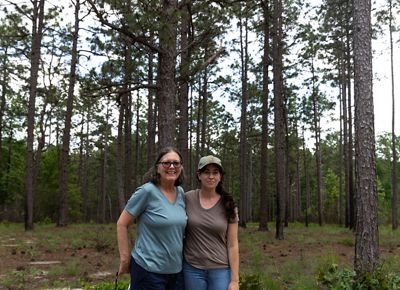
Reforestation Runs in the Family
On their land in North Carolina’s Sandhills, the Thiel family has been reforesting and sustainably managing longleaf pine forests for generations.
From Marginal to Thriving
How an Arkansas landowner revitalized his property by planting 36,000 strategically selected varieties of oak and other hardwood seedlings on his marginal farmland.
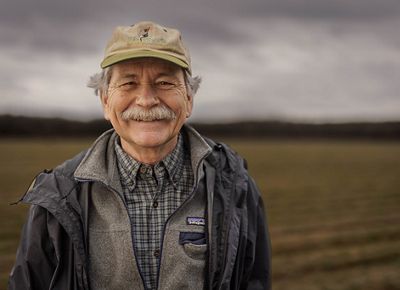
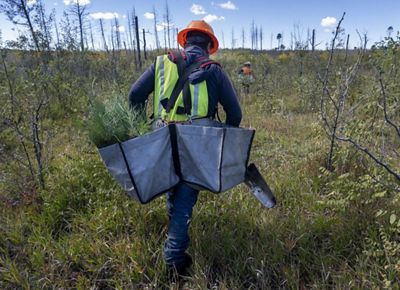
See Where We Can Plant Trees
Explore county-by-county data to see where the opportunities are for reforestation in your area, using an open-source, online tool.
Reforestation is an example of a natural climate solution.
Natural climate solutions, or efforts to protect, better manage and restore nature, can reduce greenhouse gas emissions and store carbon. Combined with cutting fossil fuels and accelerating renewable energy, natural climate solutions offer immediate and cost-effective ways to tackle the climate crisis—while also addressing biodiversity loss and supporting human health and livelihoods.
Restoring Forests Around the World
TNC is working across the globe to restore forests to help people, nature and the planet.
Learn MoreResearch has shown that taking steps to protect, better manage and restore our forests represents the biggest opportunity for reducing pollution through natural climate solutions. It is critical that we plant trees now so that they can begin absorbing and reducing carbon.
Natural climate solutions must be nature-based, sustainable, climate-additional, measurable and equitable. That means that in order to be effective, reforestation should benefit the climate, the environment and the community.
More Stories About U.S. Reforestation
Boise City of Trees
The City of Trees Challenge aims to plant an urban tree for every household in Boise, ID and a forest seedling for every resident by 2030, while also ensuring that these trees survive and thrive well into the future.
Reforestation Supply Chain
A study led by American Forests and TNC found that to successfully reforest America, we need to more than double the production of tree seedlings. In Minnesota, that number may be more like six-to-seven times our current production level.
Mines to Forests
Mining and other resource extraction have significantly impacted the Central Appalachians. The Nature Conservancy and its partners are reforesting these lands for wildlife habitat, climate resiliency and connectivity in a changing world.
Reforestation in Idaho
Reforestation is part of the solution to climate change. Healthy forests store carbon, and provide clean air, water and a place for recreation to communities across Idaho.

Stay connected for more reforestation stories.
See how natural climate solutions are benefiting people and nature near you. Check out a sample Nature News email.
